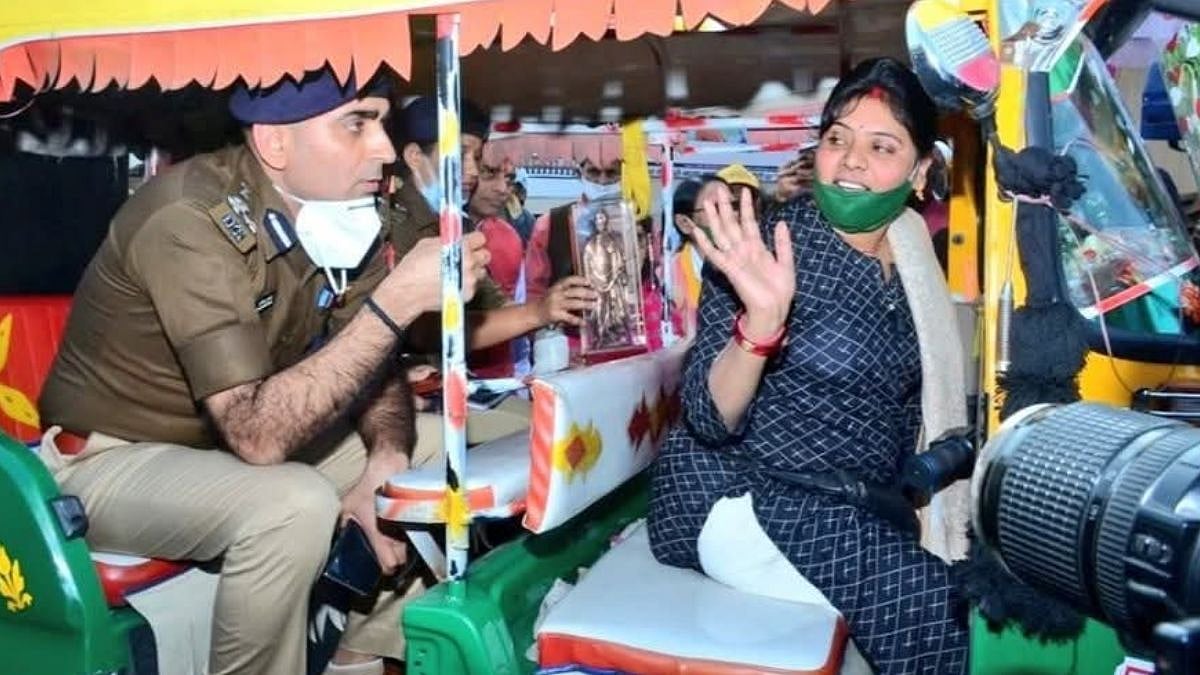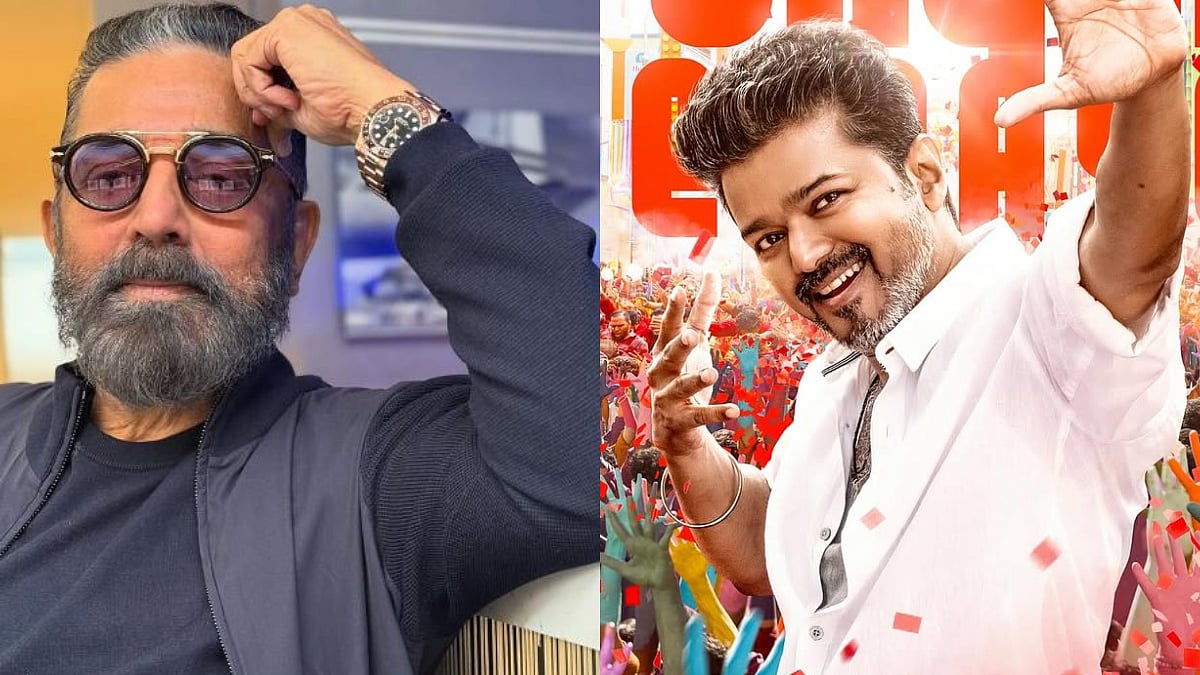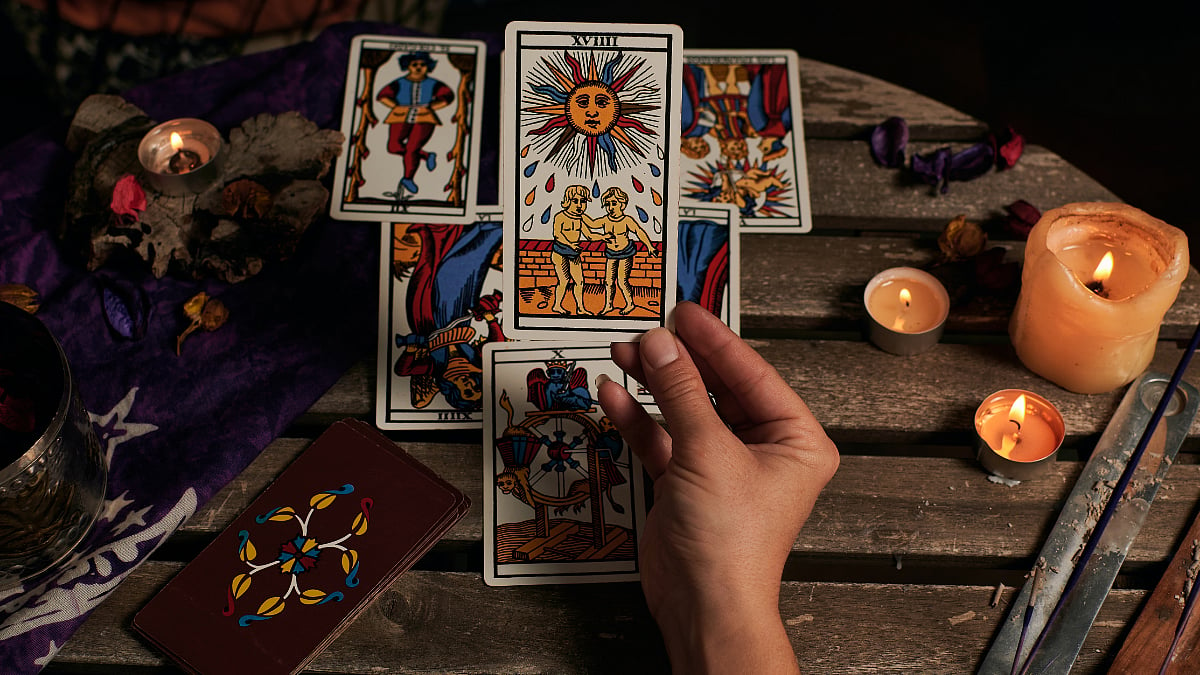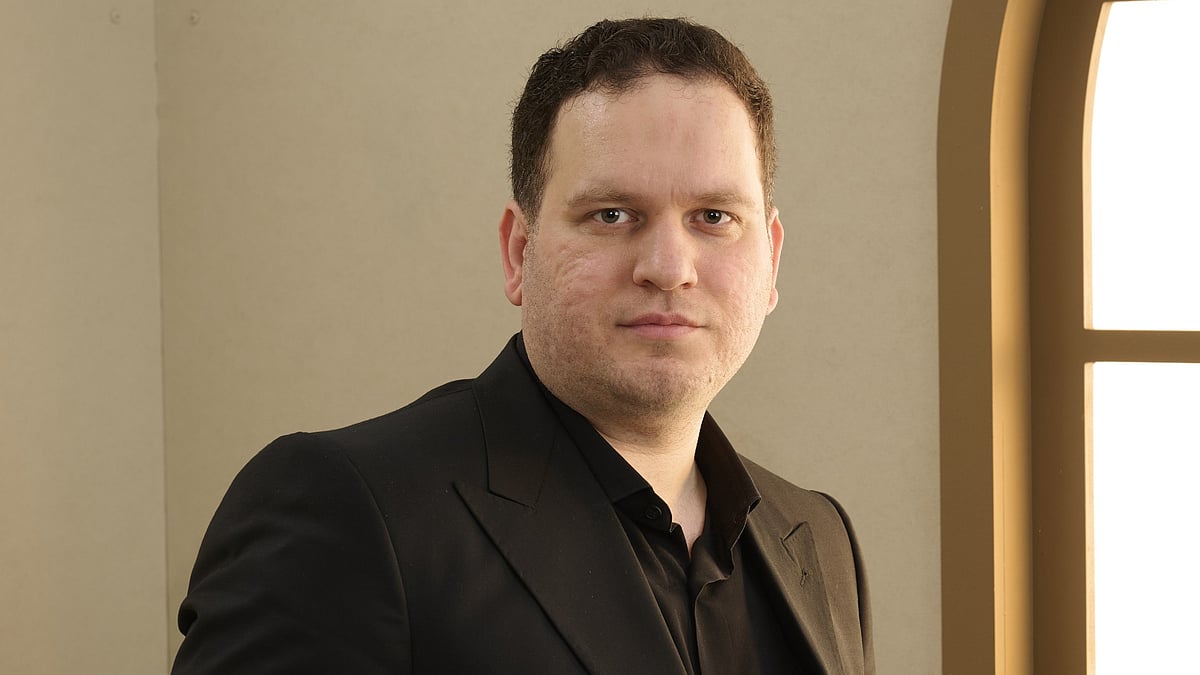Twenty-five-year-old Ashleigh Barty rocked the tennis world by announcing her sudden retirement while at the top. When she explained that she had achieved her “true dream” and wanted to move on, it somehow felt right. However, there was also some talk of burnout and lack of drive. This brought into focus the question of mental well-being among sportspeople, yet again. Was there, any way, she could have been convinced to stay on the course a while longer?
What is a ‘burnout’?
Mugdha Bavare, senior sports psychologist and Director, Mindsports, believes burnout is just one of the many reasons to leave a sport behind. “A competitive sport comes with demands of time, discipline, challenges and sacrifices. At times the monotonous regime and the endless loop of it all also bring a sense of fatigue, which could lead to burnout.” Specifically in the case of Barty, Bavare says, “She, apparently, has a bucket list to accomplish. Therefore, she would have moved on to the next item on her list any way.”
Having been a competitive swimmer herself, with over 500 gold medals across age groups and having received the prestigious Chhatrapati Award, Bavare is no stranger to long hours of practice, fatigue, and burnout as an athlete herself. “One reason for burnout is that the athletes worry about their future form, and thus quit at their peak, while they still have the agency,” she adds. Bavare, who was with the
Indian women’s cricket team for the 2022 World Cup recently, says the athlete’s fight remains the same even today.
Anand Chulani, one of India’s leading success coaches and mental well-being experts, agrees about the numerous challenges faced by athletes that lead to burnout and has formulated a theory about it too. “There are two kinds of people: the ones who love a game and only when the pressures get too much too handle, do they burnout. Then there are others, who are into it for reasons other than their passion, which can take them only so far. It’s the second category that experiences burnout faster because focusing only on skill-building without attending to happiness/ fulfilment doesn’t work in the long run,” Chulani says.
What to do about it?
Despite having mental coaches and physiotherapists on speed dial, athletes know managing burnout is difficult. “Burnout can be delayed by having supportive coaches and therapists who look out for the signs. We must design training regimes that are not monotonous but peppered with fun activities as well. This is especially important now that there are no off-seasons in most sports that allow rest breaks. I highly recommend having a secondary sport. Such a pursuit keeps one emotionally fit and contributes to their performance in their primary sport. This concept should ideally be started at an early stage in the academies and not reserved for competitive levels only,” affirms Bavare.
Chulani believes success is a result of passion, and so he says, “Only when athletes play for the love and passion of the sport, do they play spectacularly and endure and rise above pain and injuries. Only when they love the game, can they endure in it despite the rigour as Sachin Tendulkar did,” he says. Chulani is of the opinion that if India wants to really improve the medals tally, a course correction is due. “We have to find people who love the sport they are in.”
According to him, there are four primary areas that improve athletic form and performance, namely: Body, mind, emotions, and skills. “We have to train athletes to give equal weightage to all quarters so that athletes can touch their peak. A physically strong and skilled athlete who is weak of mind and in no control of their emotions is not a good investment. In fact, all great athletes have had to master these quarters to reach their apex,” he shares.
Ashleigh Barty, Gabriela Sabatini, gymnast Linoy Ashram, swimmer Ian Thorpe... are amongst the many who quit early. We need an urgent re-evaluation of societal parameters of success and stress, and ways to deal with them to avoid more to go the same way.








